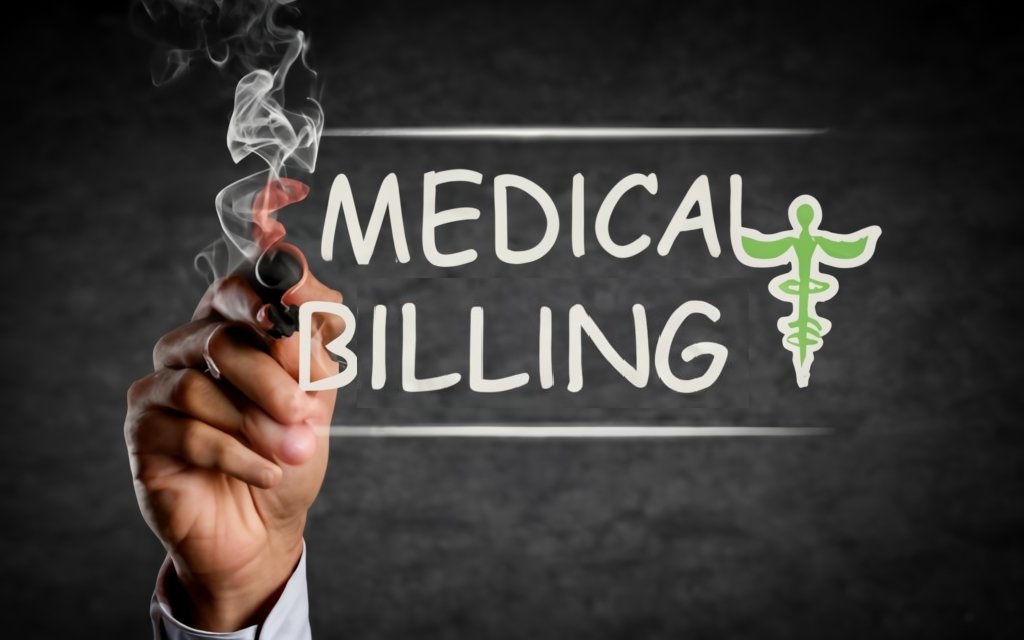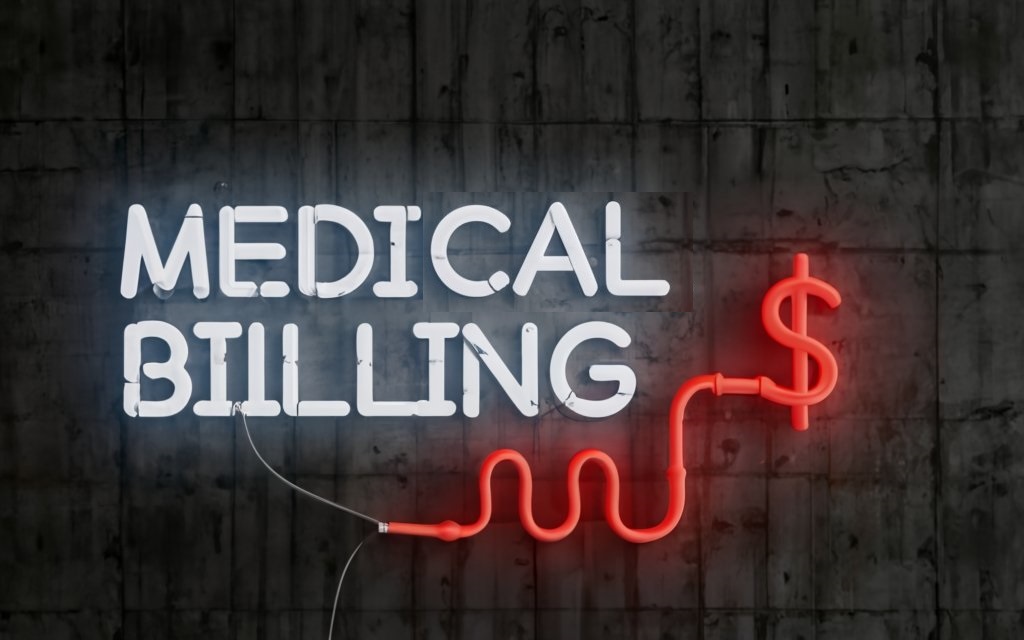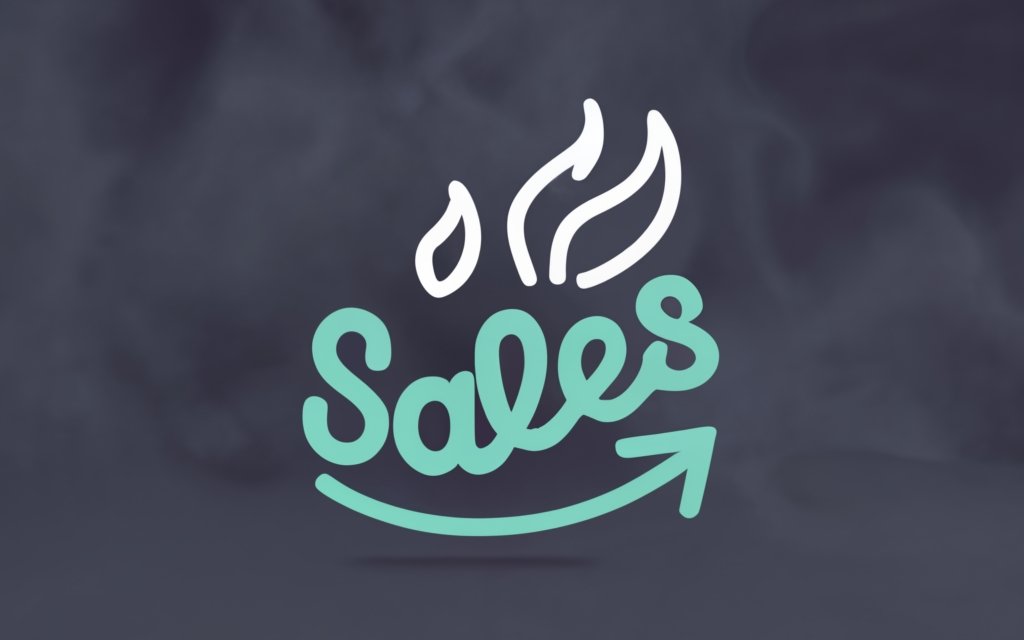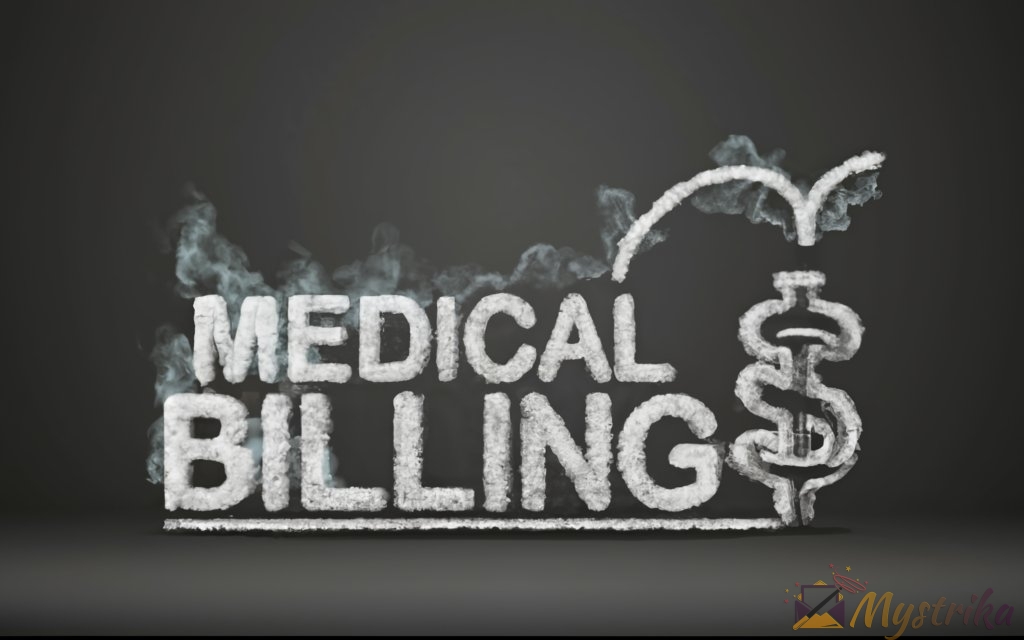Landing new medical billing clients takes more than sending a sales brochure and hoping for the best. You need an airtight sales pitch that grabs attention and clearly conveys your value. This guide will explore proven techniques to craft a winning medical billing sales pitch that converts prospects into long-term clients. From grabbing interest upfront to anticipating objections, you’ll learn how to deliver an impactful presentation showcasing how your services alleviate pain points and boost revenue. Let’s get started creating compelling pitches that inspire prospects to say yes!
Understanding the Medical Billing Landscape
For medical practices, revenue cycle management is a persistent challenge rife with pain points. As a medical billing services provider, it’s crucial to recognize these challenges in order to position your solutions appropriately. When crafting your sales pitch, providing context on the medical billing landscape helps set the stage.
Common Pain Points Faced by Medical Practices
Medical practices face four primary pain points when it comes to medical billing and revenue cycle management:
Declining Reimbursements
Reimbursement rates from payers have been steadily declining over the past decade. On average, primary care physicians get reimbursed only 70-80% of Medicare rates from commercial payers. This puts considerable financial strain on practices who have less revenue to cover overhead costs. As reimbursements decline, providers struggle to stay financially viable.
Complex Billing and Coding Regulations
Between ICD-10, CPT, and HCPCS codes, billing and coding guidelines are intensely complex for medical practices. Codes are updated annually and practices must keep up to properly document services for maximum reimbursement. With over 69,000 procedure codes, 17,000 diagnostic codes, and 71,000 HCPCS codes, accuracy and regulatory compliance is incredibly challenging.
High Administrative Burden
The administrative workload involved in claim submission, follow-up, denial management, and appeals is a huge undertaking for practices. From prior authorizations to payer-specific nuances, administrative tasks eat up staff time that could be better utilized for revenue generating activities.
Lack of Visibility into Revenue Cycle
Most medical practices lack actionable data and analytics on their revenue cycle. They don’t have clear visibility into metrics like denial rates, days in AR, collection rates by payer, missed charges, etc. This makes it difficult to identify opportunities for improvement.
How Outsourcing Medical Billing Can Help
By outsourcing medical billing to an experienced provider, practices can overcome these pain points and enhance their financial performance. Here are some of the key benefits:
Enhanced Collections and Cash Flow
Outsourcing to a high-performing billing company improves collections and accelerates cash flow with faster claims processing, better denial management, and relentless AR follow-up. Collection rates of 97%+ can be achieved.
Regulatory Compliance
Experienced billers act as an extension of your practice to ensure every claim is coded accurately and compliant with current guidelines for cleaner claim submission. This minimizes audit risk.
Scalability Without Adding Overhead
As practice volume fluctuates, outsourced billing provides flexibility to scale without adding more in-house staff and overhead expenses. Only pay for the revenue cycle support you need.
Improved Analytics and Reporting
A data-driven billing company provides insightful reporting on metrics like collections by payer/location, denial root causes, patient responsible aging, etc. This enables better revenue management decisions.
By demonstrating domain expertise and grasping their pain points, you can position your billing services as the clear solution.

Elements of an Effective Medical Billing Sales Pitch
Now that you’ve established credibility and understanding of their pain points, it’s time to convey how your medical billing services are the solution. An effective sales pitch has several key elements to achieve this.
Grab Attention with a Compelling Opening
You only have a few minutes to make an impression, so your opening hook needs to capture interest right away. There are a few techniques you can use:
Industry Statistics
Citing a compelling industry stat grabs attention quickly. For example: “Did you know that 81% of medical practices report declining reimbursement rates from commercial payers as a top financial concern?”
Example of a Client’s Success
Highlighting a success story about how you helped another client overcome specific challenges makes it relatable. For instance: “A specialty practice was facing 85 days in AR and denial rates of 22%. Within 6 months of partnering with us, we reduced their days in AR by 46% and lowered denials to 5%.”
Storytelling
Sharing a short anecdote can connect emotionally. Try saying: “A provider was considering early retirement because his practice didn’t have enough revenue to stay afloat. After outsourcing billing with us, we increased his collections by 32% in 12 months, allowing him to keep practicing.”
Clearly Explain Your Service Offerings
After grabbing their interest, clearly articulate your medical billing services and how they address pain points:
Medical Billing and Coding
Explain how your team handles everything from charge entry to claim submission while optimizing coding for maximum reimbursement.
Credentialing and Enrollment
Note that you handle credentialing with payers to minimize revenue leakage from missed enrollments.
AR Follow-up
Describe your customized follow-up process to accelerate payments and reduce days in AR. Share metrics like first-pass resolution rates if possible.
Reporting and Analytics
Underscore how you provide actionable reporting and analytics for data-driven revenue cycle management.
Provide Proof Points and Credibility
Support your claims with credible proof points:
Collection Rates
Note specifics like your average collection rate by payer type – 97% for commercial, 99% for Medicare, etc.
Denial Overturn Rates
Share your denial overturn percentage – “We successfully appeal and overturn 68% of denials.”
Reduction in Days in AR
Quote benchmarks like “We reduce days in AR by an average of 41% within 6 months.”
Client Testimonials
Excerpts from happy clients lend credibility and social proof.
Case Studies
Detailed examples of helping other clients achieve specific results build trust.
Highlight Your Technical Capabilities
Today’s data-driven medical practices want reassurance about your technical expertise and systems:
Process Automation
Note capabilities like automated claim scrubbing to catch errors pre-submission.
Data-Driven Analytics
Discuss analytics you provide into denial root causes, collection trends, etc. to identify opportunities.
EHR and Practice Management Integrations
Emphasize your ability to integrate directly with their systems for seamless workflows.
Note Security Standards and Compliance
Security is paramount in healthcare. Be sure to note:
HIPAA Compliance
Reassure them about your HIPAA compliant secure data handling processes.
SSAE 18
If you have SOC1 Type 2 attestation, mention it to reinforce your financial controls.
PCI DSS
For credit card processing, emphasize compliance with PCI Data Security Standards.
Summarize Experience and Specialties
Close this section by highlighting years of experience in medical billing and any specialty expertise like cardiology, orthopedics, hospitalists, etc. This reinforces your capability to handle their needs.
By covering these elements in your pitch, you convey how your end-to-end medical billing services deliver results and value.

Delivering an Impactful Sales Presentation
Once you’ve grabbed their interest with your pitch, it’s time to deliver an impactful presentation to compel them to take action.
Customize for Your Audience
Avoid a generic, one-size-fits-all presentation. Customizing for each prospect’s needs makes your solution more relevant.
- Research the practice beforehand to incorporate key details. Mention specialty, size, locations, services, EHR system, historic revenue, and other insights specific to them.
- Use this intel to highlight their likely pain points and where your services would add the most value based on their profile.
- Share examples and metrics from clients with similar attributes – specialty mix, size, geography, patient volume etc. This helps them relate better.
- Sprinkling in customized data points tailored to them reinforces your understanding of their needs throughout the presentation.
Use Visuals and Stats
Leverage visual aids like charts to convey information quickly and memorably:
- Show a graph highlighting declining commercial payer reimbursement rates over the past decade.
- Use a pie chart to depict specialty revenue breakdown for a practice.
- Display KPI benchmarks like days in AR, first pass resolution, denial rates etc. in tables to showcase what’s achievable.
- Bar graphs comparing collections pre- and post-outsourcing billing visually tell the impact story.
Reinforce key points with credible statistics, like “97% of providers report administrative tasks as a top burden.”
Share Success Stories
Nothing convinces like real-world examples. Share brief case studies and testimonials:
- “OrthoGroup saw a 21% increase in collections within 9 months of partnering with us. Their AR days dropped by 36% and denial rates by 8%.”
- “When we took over billing for CardioCare’s 25 providers across 3 clinics, we reduced staff needs from 11 to 4 through automation.”
- “Dr. Smith said, ‘Outsourcing billing was the best decision I made this year. My revenues are consistently higher, and I can focus on my practice and patients.’”
Anticipate Objections
Identify common concerns like disruption, loss of control, hidden costs etc. and address proactively:
- “We take care of the transition so you see no impact on your workflows or revenue.”
- “With our real-time dashboards and online access, you’ll have visibility into your revenue cycle at all times.”
- “Our pricing structure is completely transparent, with no hidden fees. And you keep 100% of collected revenue.”
This reassures prospects and mitigates potential deal blockers.
Focus on Outcomes
Rather than features, emphasize tangible outcomes your services deliver:
- “We increase cash flow by 23% on average within the first year.”
- “You’ll reduce administrative headaches by offloading billing tasks to us.”
- “Our denial management will reduce write-offs by as much as 17%.”
- “By eliminating manual claims entry, you can allocate staff to higher ROI tasks.”
Quantifying results gives prospects a clear picture of your value proposition.
H2: Key Takeaways
Close your presentation by summarizing key points:
- “To recap, partnering with us means 10%+ more revenue, 32% faster claims payment, and outsourced billing expertise so you can get back to focusing on patient care.”
- “You’ll have unparalleled visibility into your revenue cycle with our suite of analytics.”
End with a clear call to action to schedule the next steps. An impactful presentation establishes your credibility, addresses concerns, and compels prospects to engage further.

Following Up for Results
The sales process doesn’t end once you’ve delivered your pitch. Consistent follow-up is crucial for converting prospects to customers.
Provide Proposals
After your presentation, provide a detailed proposal summarizing your services, pricing, and expected outcomes.
- Outline the scope – what services you will provide, such as billing, coding, denial management, reporting etc.
- Include pricing models like percentage of collections or FFS along with any one-time setup fees.
- Project metrics like increase in collections, reduction in days AR, higher first-pass resolution etc.
- Share implementation timelines, key milestones, and length of agreement.
- Address the client’s unique pain points and how your solution alleviates them.
- Use visuals like charts to depict before/after scenarios highlighting improvements.
- Make it easy to say yes by handling paperwork and providing next steps.
Address Questions
Expect prospects to have followup questions. Be ready to respond promptly and knowledgeably.
- Provide any clarifications on your services, pricing, contracts, metrics etc.
- Offer references or testimonials from current clients they can contact.
- Suggest an in-person office visit or virtual tour to experience your operation firsthand.
- Offer a trial period or smaller pilot engagement to prove your capabilities.
- Set proper expectations on how you collaborate so they know what to expect.
Thoroughly addressing concerns removes obstacles to closing the deal.
Connect on Ongoing Basis
Nurture leads until they convert to customers with consistent communication:
- Send useful, relevant content like articles on revenue cycle best practices to stay top of mind.
- Look for opportunities to add value, like alerting them to a new payer policy that could impact reimbursement.
- Check in periodically with a quick email or phone call so you’re their first call when they’re ready to engage.
- Leverage CRM to track interactions and conduct timely, personalized follow-ups at scale.
- Automate reminders to follow up at scheduled intervals to ensure no lead falls through the cracks.
- Thank new customers and onboard them successfully to maximize retention and referrals.
Disciplined follow-up turns prospects into satisfied clients that drive growth through referrals while increasing retention and share of wallet over time.
Key Takeaways
To drive your pitch home and prompt prospects to engage, recap the main points and end with a clear call-to-action.
Recap of Main Points
Summarize the core value propositions and differentiators of your services:
- “To recap, our customized medical billing solutions help practices like yours increase collections by an average of 18% and slash days in AR by up to 41%.”
- “Our teams of specialized medical billers have the expertise to optimize every claim for maximum reimbursement.”
- “We go beyond traditional billing services to provide end-to-end support across the entire revenue cycle.”
- “Our automation and analytics provide complete visibility into your revenue cycle performance.”
- “We seamlessly integrate with all major EHRs and practice management systems.”
- “Our compliance results are unmatched, with first-pass claim acceptance rates over 97%.”
Refresh their memory on the key pain points you solve:
- “By outsourcing billing, you can reduce administrative burdens and focus on delivering better patient care.”
- “Our rigorous denial management recovers lost revenue by appealing up to 82% of denials.”
- “You’ll eliminate costly claim errors and compliance risks with our expertise.”
Clear Call-to-Action
Close your pitch with a specific CTA:
- “Let’s review next steps to get you started with a hassle-free transition to our billing services.”
- “Are you available to review the proposal I’ve prepared and discuss any questions you have?”
- We can schedule a discovery call this week to go over your current billing workflows in more detail before drafting a custom solution.
Giving them an easy path to move forward propels the sale to the next stage.
With a compelling recap and clear CTA, you empower prospects to make the choice to engage your services and maximize their revenue potential. An airtight sales pitch checked all the boxes – grab attention, address pain points, convey value, establish credibility, anticipate concerns and prompt action. Now you’re primed for revenue cycle success!
Summary
Crafting a winning medical billing sales pitch is crucial to attract and convert prospects. Here are the key lessons:
- Understand common provider pain points around declining reimbursement, administrative overload, and lack of revenue visibility. Show how your services directly address these challenges.
- Grab attention upfront with a powerful opening statistic, client success story, or anecdote. Follow up with clearly articulated service offerings.
- Support your claims with proof points like collection rates, denial reversal success, days in AR reduction, client testimonials and case studies.
- Note your technical capabilities around automation, analytics, integrations and security standards compliance.
- Deliver an impactful presentation customized to the prospect’s needs using visuals, metrics and success stories. Anticipate objections.
- Follow up consistently with tailored proposals, prompt question resolution, and ongoing value-add communication until prospects convert.
- Recap the core value proposition and include a clear call to action so prospects know how to engage you.
With this structured approach, you can create compelling medical billing sales pitches that grab attention, inspire confidence, and drive conversions.

Frequently Asked Questions
Q: How much detail should I include in my medical billing sales pitch?
A: Keep it high-level and focus on conveying your core value proposition, credentials, and outcomes in 5-10 minutes. Dive deeper into details during an official proposal.
Q: What results should I highlight in a pitch?
A: Key metrics like collection rate increases, AR days reduction, denial reversal rates, improved first-pass claim acceptance, etc. Use specific numbers when possible.
Q: Should I customize my pitch for each prospect?
A: Yes, customizing with a prospect’s specialty, size, specific pain points, use cases etc. makes your solution more relevant. Avoid a generic one-size-fits-all pitch.
Q: How can I make pricing clear in my pitch?
A: Provide pricing models (percent of collections, FFS, etc.) and mention if there are one-time setup fees. Elaborate with an official pricing proposal later.
Q: What objections should I anticipate?
A: Address common concerns like disruption, loss of control, hidden fees, contract lock-ins etc. proactively to reassure prospects.
Q: When should I provide a proposal?
A: Follow up within a few days of your pitch with a detailed proposal summarizing services, pricing, terms, implementation plan etc.
Q: What is the call to action in a pitch?
A: Close with a clear CTA like scheduling a discovery call, reviewing a proposal, or providing a quote for their revenue cycle needs.
Q: How often should I follow up post-pitch?
A: Consistent follow up every 2 weeks builds trust. Leverage CRM to automate reminders and track outreach.

